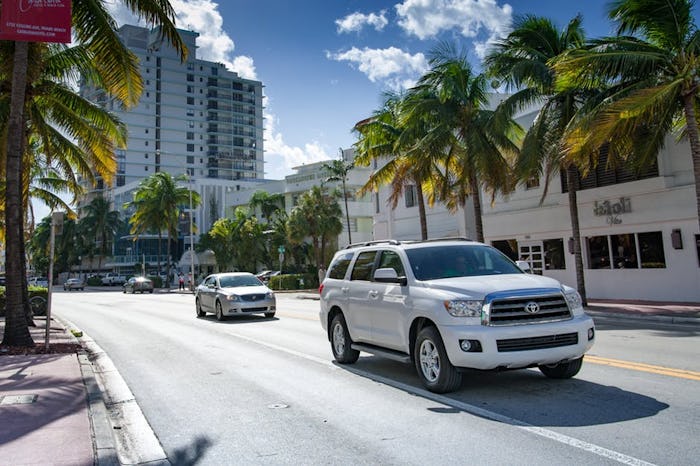Car seats seem to be the root of so much confusion among parents. Out of all the things you can worry about when you have kids (let's face it, that list is long), the safety of your kids while driving is one of the biggest. Which seat is best? How do I put it in? What should a properly strapped seat look like? Periodically checking to see if your car seat is installed and used properly can be life-saving, so as you check your car seat, you might be curious — do car seat rules change for SUVs?
Nobody wants to intentionally put their kids in any sort of harm, but by misusing car seats, many parents often unknowingly do. The American Academy of Pediatrics (AAP) has recommended all children to be in rear-facing car seats until at least the age of 2, but because it takes time for legislation to catch up to the latest and best practices, most state laws only require rear-facing until a child's first birthday. According to the Governors Highway Safety Association, all states and territories require children to be in appropriate child restraint seats fitting specific criteria. Though each state's laws vary based on the child's age, height, and weight, no state's laws, nor the AAP's recommendations, change based on whether or not the car is an SUV.
Though car seat rules don't seem to change for SUVs, there are certain recommendations when it comes to SUVs which have a third row of seating. According to USA Today, because third row seats are more vulnerable in rear-end collisions due to the lack of space between the seat and the back of the car, it's not recommended to use them for child car seats.
In order to ensure that your child's car seat is safely installed in your specific car, and that you are using it properly, it's best to have it checked out by your local certified car seat expert, often found at your town's police or fire department.
